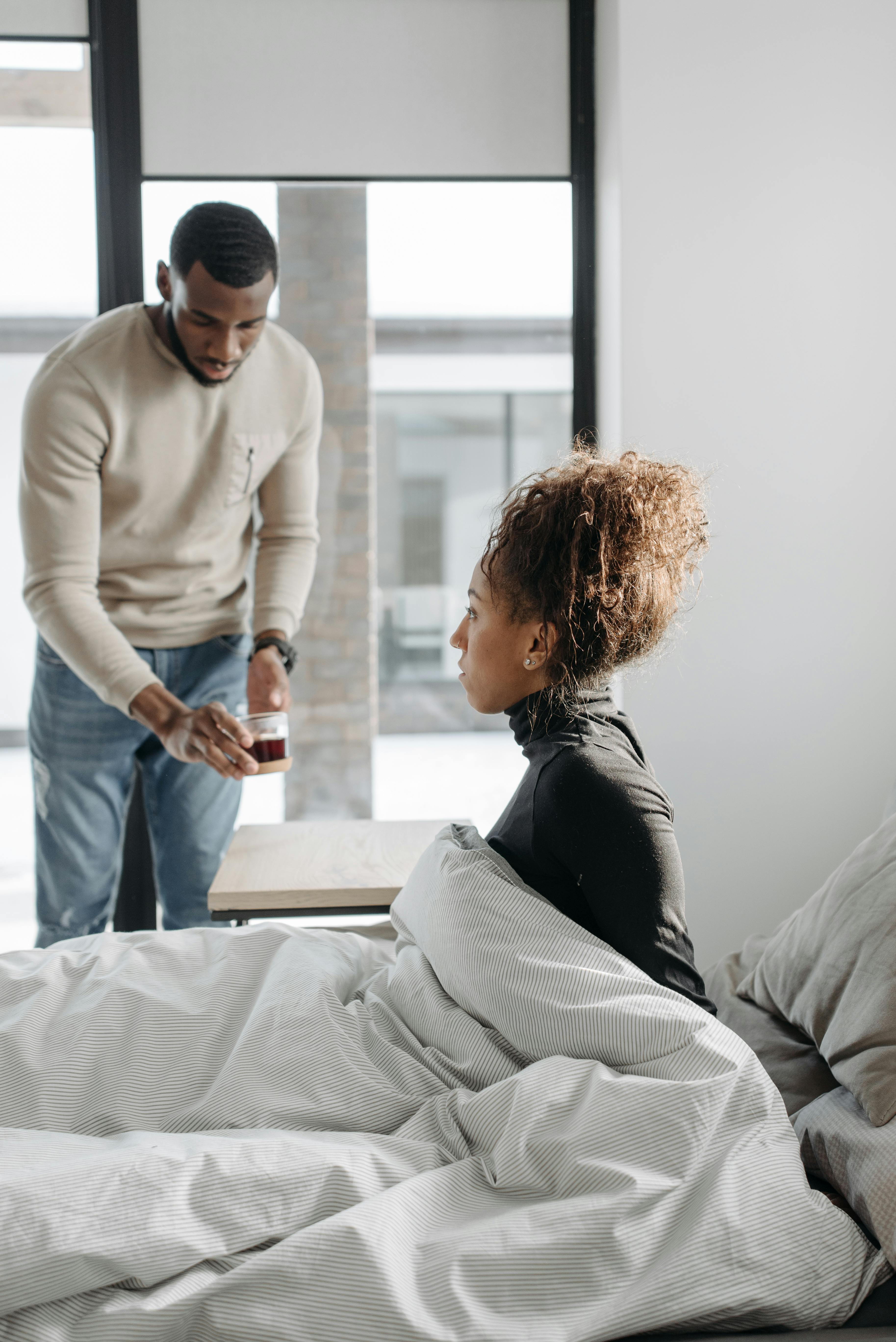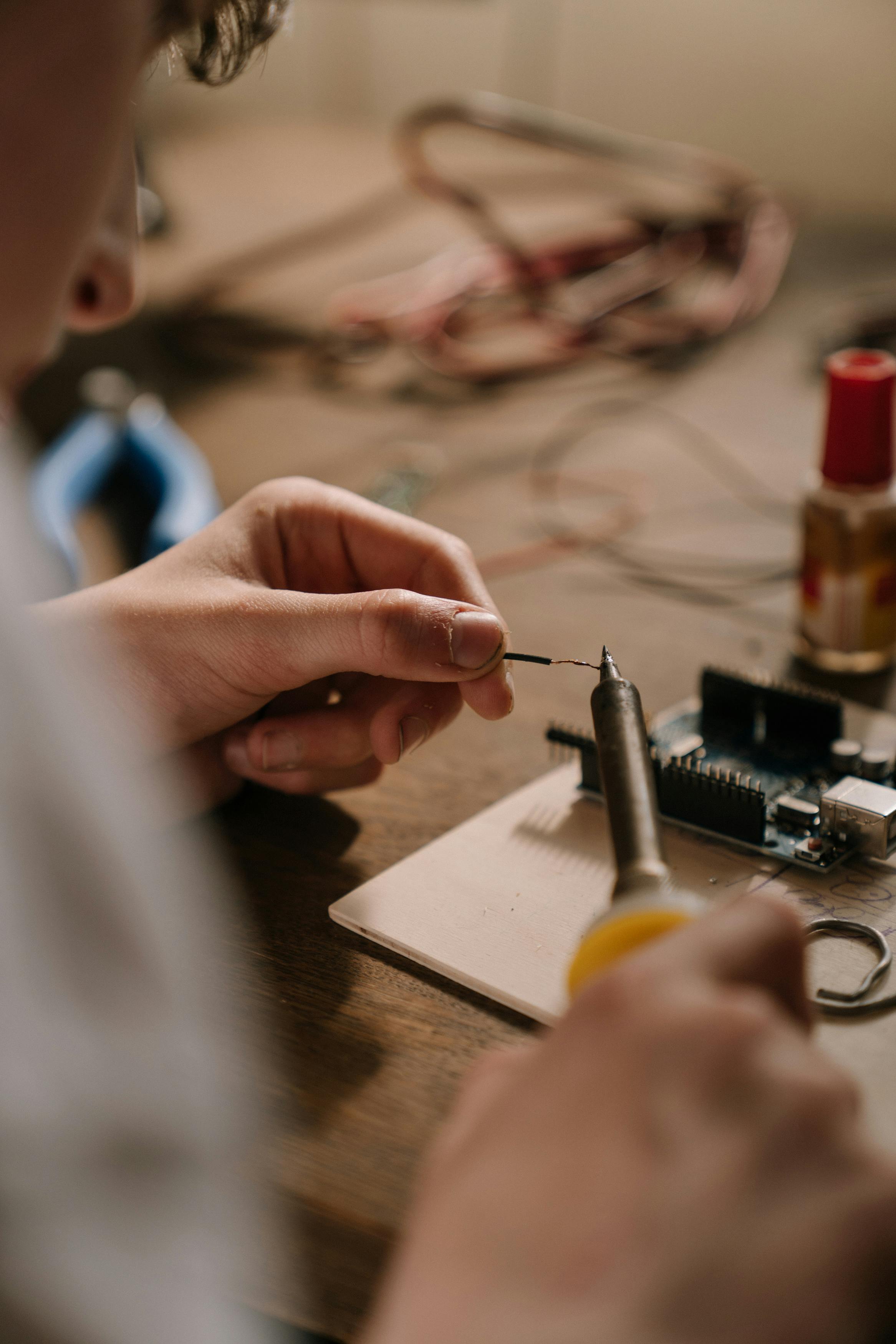Smart Ways to Cook Perfect Shrimp on the Stove in 2025

Essential Guide to How Long to Cook Shrimp on the Stove
Cooking shrimp on the stove is a straightforward process that can yield delicious and healthy seafood dishes. Whether you're preparing a quick weeknight dinner or a special occasion meal, understanding how long to cook shrimp is essential for achieving that perfect texture. In this guide, we’ll explore various shrimp cooking methods, tips for cooking shrimp perfectly, and delicious recipes to elevate your meals.
Shrimp Cooking Time: The Basics
Understanding shrimp cooking time is crucial for ensuring delicious results without overcooking. Typically, the shrimp cooking time varies based on size and cooking method. For medium-sized shrimp, pan-frying or sautéing usually takes 3 to 4 minutes, while boiling shrimp takes about 2 to 3 minutes. It's important to note that overcooked shrimp can become tough and rubbery, so monitoring your shrimp closely is vital.
Choosing the Right Shrimp Size
Shrimp sizes can significantly affect cooking duration. Larger shrimp, classified as 'jumbo' or 'large', require a bit longer to cook—around 5 to 7 minutes for stove cooking methods. In contrast, smaller sizes, such as 'medium' shrimp, generally take less time. When determining the how long to cook shrimp, consider not only the size but also the cooking method you choose.
shrimp Cooking Techniques Comparison
Different cooking techniques yield varying textures and flavors. For example, boiling shrimp is one of the quickest methods, requiring about 2 to 3 minutes in a simmering pot. Alternatively, sautéing shrimp can bring out enhanced flavors when cooked for 3 to 4 minutes over medium-high heat. Understanding these key differences in shrimp cooking techniques will help you achieve the best results.
Visual Signs of Doneness
Knowing how to tell shrimp is cooked is crucial. Properly cooked shrimp turn from a translucent gray to an opaque white-pink color and curl into a C shape. If the shrimp forms an O shape, it's overcooked. Furthermore, investing in a reliable kitchen thermometer can help you ensure shrimp reach an internal temperature of 120°F (49°C) to confirm doneness accurately.
Cooking Shrimp: Safety Tips and Techniques
Ensuring the safety of your shrimp cooking process is just as important as the timing. Always start with fresh or properly thawed shrimp, as cooking frozen shrimp can result in uneven cooking. When following specific shrimp cooking methods, make sure to adhere to general food safety practices, such as cooking within 2 hours of thawing and keeping shrimp at appropriate refrigerating temperatures.
Tips for Cooking Frozen Shrimp
If you're using frozen shrimp, it's essential to thaw them properly to ensure even cooking. A safe thawing method includes placing shrimp in the refrigerator overnight or submerging them in cold water for about 30 minutes. Remember that once thawed, shrimp should be cooked within a day. When cooking from frozen, extend the stove shrimp recipe cooking time by a few minutes to ensure even heating throughout.
Incorporating Flavorful Seasonings
A great way to elevate shrimp dishes is through seasoning. From classic garlic butter to spicy Cajun mixes, your choice of seasoning can drastically change flavor profiles. For example, a shrimp in garlic sauce takes only a few minutes to prepare but results in dreamy flavors that complement pasta or rice. Don’t hesitate to experiment with herbs and spices that align with your culinary preferences.
Exploring Different Shrimp Dishes
Incorporating shrimp into a variety of dishes can ensure dinnertime creativity. For instance, stir-frying shrimp with vegetables for a quick meal can take as little as 5 to 6 minutes. Additionally, pairing shrimp for tacos or burritos provides an excellent option for quick meals. By mastering the appropriate shrimp preparation time, you set yourself up for various delicious shrimp dishes.
Step-by-Step How to Cook Shrimp on the Stove
To ensure success in your own kitchen, referencing a detailed shrimp cooking guide can help streamline the prepping process. Cooking shrimp on the stove offers a quick and versatile system that allows for batch cooking or meal-focused cuisine. Below is a step-by-step guide to help you along the way:
Step 1: Thaw and Clean the Shrimp
Begin by thawing your shrimp if they are frozen. Clean the shrimp by removing the shells and tails, and devein if necessary. Rinse the shrimp under cold running water and pat dry with paper towels. This step ensures the shrimp is clean and ready to soak up flavors from seasonings and marinades.
Step 2: Seasoning the Shrimp
Next, season your shrimp according to your recipe. For a simple lemon garlic shrimp preparation, combine minced garlic, lemon juice, and olive oil. Let the shrimp marinate for about 15 minutes to absorb the flavors, enhancing the overall dish. Don’t forget to salt and pepper to taste.
Step 3: Selecting Cooking Method and Timing
Choose your cooking method—whether it’s sautéing, boiling, or grilling—and heat your pan accordingly. For sautéing, drizzle olive oil in a hot skillet and add shrimp, cooking for about 3 to 4 minutes or until they turn pink and firm. For boiling, bring water to a boil and cook for 2 to 3 minutes. Regardless of method, pay attention to shrimp timing as described earlier!
Delicious Shrimp Recipes to Try in 2025
Finally, complement your culinary skills with some delicious shrimp recipes that utilize accurate timing and effective techniques. Here’s a selection to try out, perfect for impressing your family and friends this year.
Easy Shrimp Alfredo
This variant offers buttery pasta coated in a creamy sauce. Cook your shrimp in garlic and butter for 3 to 4 minutes, then toss with alfredo sauce and fettuccine noodles. The shrimp with pasta cook time here is just enough to blend flavors beautifully, ensuring tenderness.
Lemon Garlic Shrimp Skewers
For a vibrant summer dish, thread shrimp onto skewers, brush with lemon-garlic mixture, and grill. Cook for around 2-3 minutes on each side until perfectly charred, giving you a delicious, tangy meal that pairs beautifully with grilled vegetables.
Garlic Butter Shrimp with Broccoli
Combine savory shrimp with the freshness of broccoli. Sauté shrimp and broccoli in a garlic butter sauce for 5-6 minutes, achieving a beautifully browned flavor. The perfect choice for a quick yet satisfying meal!
Key Takeaways
- Shrimp cooking time varies based on size and method used, usually recommended around 3-4 minutes for sautéing.
- Always ensure to use fresh or properly thawed shrimp for safe and delicious cooking.
- Experiment with various shrimp cooking techniques to enhance regional flavors in your dishes.
- Choosing appropriate seasoning can elevate your shrimp dishes significantly.
- Incorporating shrimp into quick, vibrant recipes allows for versatile culinary creativity.
FAQ
1. What is the best shrimp cooking method for beginners?
Sautéing is a recommended beginner-friendly method as it offers quick cooking time while allowing for flavor enhancement through seasonings. You should heat oil in a skillet over medium-high heat and add shrimp, cooking for about 3 to 5 minutes.
2. How do I know when shrimp is properly cooked?
Cooked shrimp will have turned from a translucent gray to an opaque white-pink hue and should curl into a C shape. An internal temperature of 120°F (49°C) confirms doneness.
3. Can you cook shrimp from frozen?
Yes, you can cook frozen shrimp, but it’s recommended to thaw them first for even cooking. If you cook them from frozen, increment the cooking time by a few minutes.
4. What must I consider when choosing shrimp size?
Shrimp size affects cooking time, so it’s essential to consider this. Larger shrimp will require longer cooking times compared to smaller ones, ensuring even doneness.
5. What are some popular shrimp recipes I can try?
Some delicious shrimp recipes to try include shrimp tacos, garlic butter shrimp, shrimp Alfredo, or grilled shrimp skewers, each highlighting flavors and the versatility of shrimp!
By mastering how long to cook shrimp properly and exploring various shrimp cooking techniques, you can confidently create delightful seafood meals that your friends and family will love!

